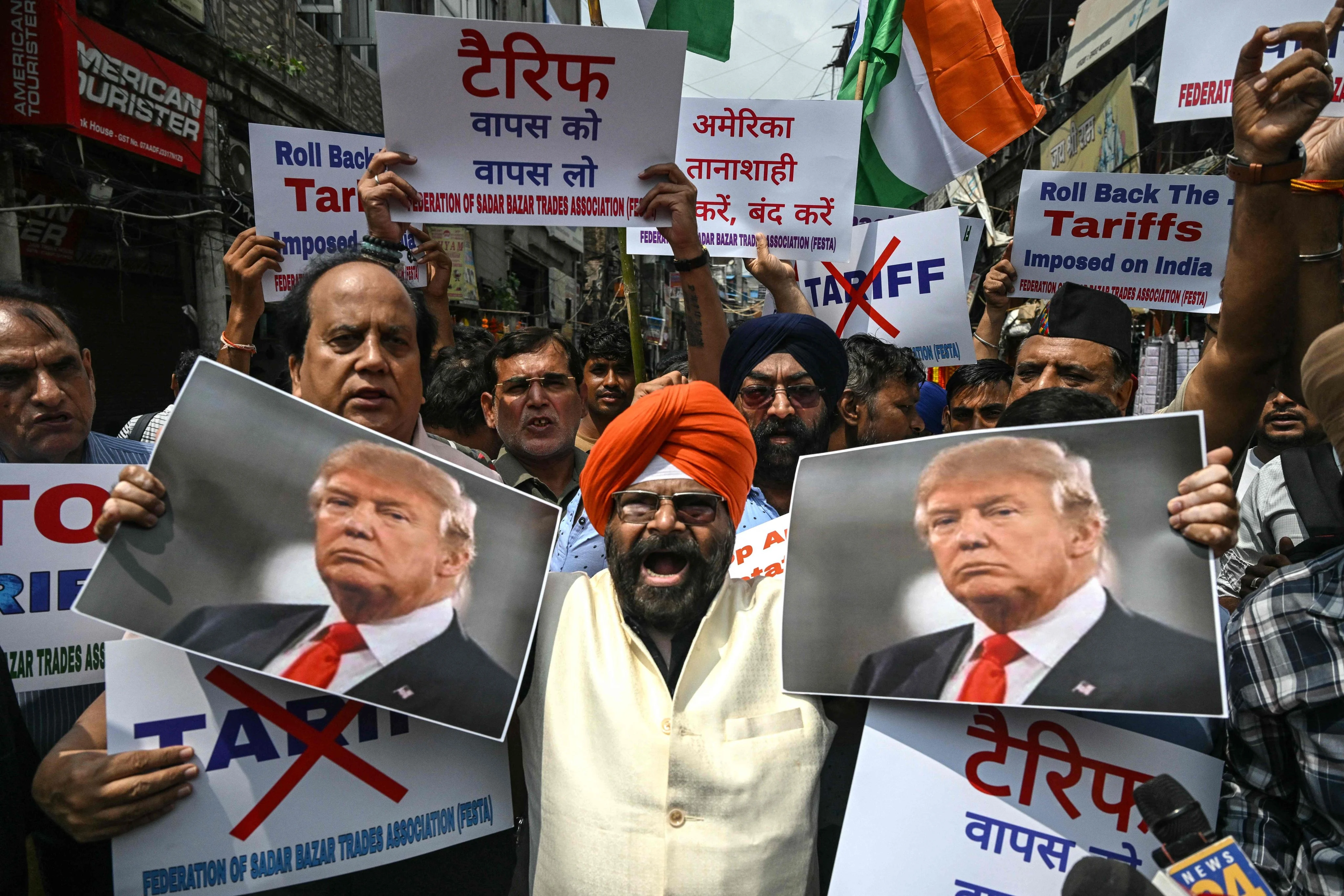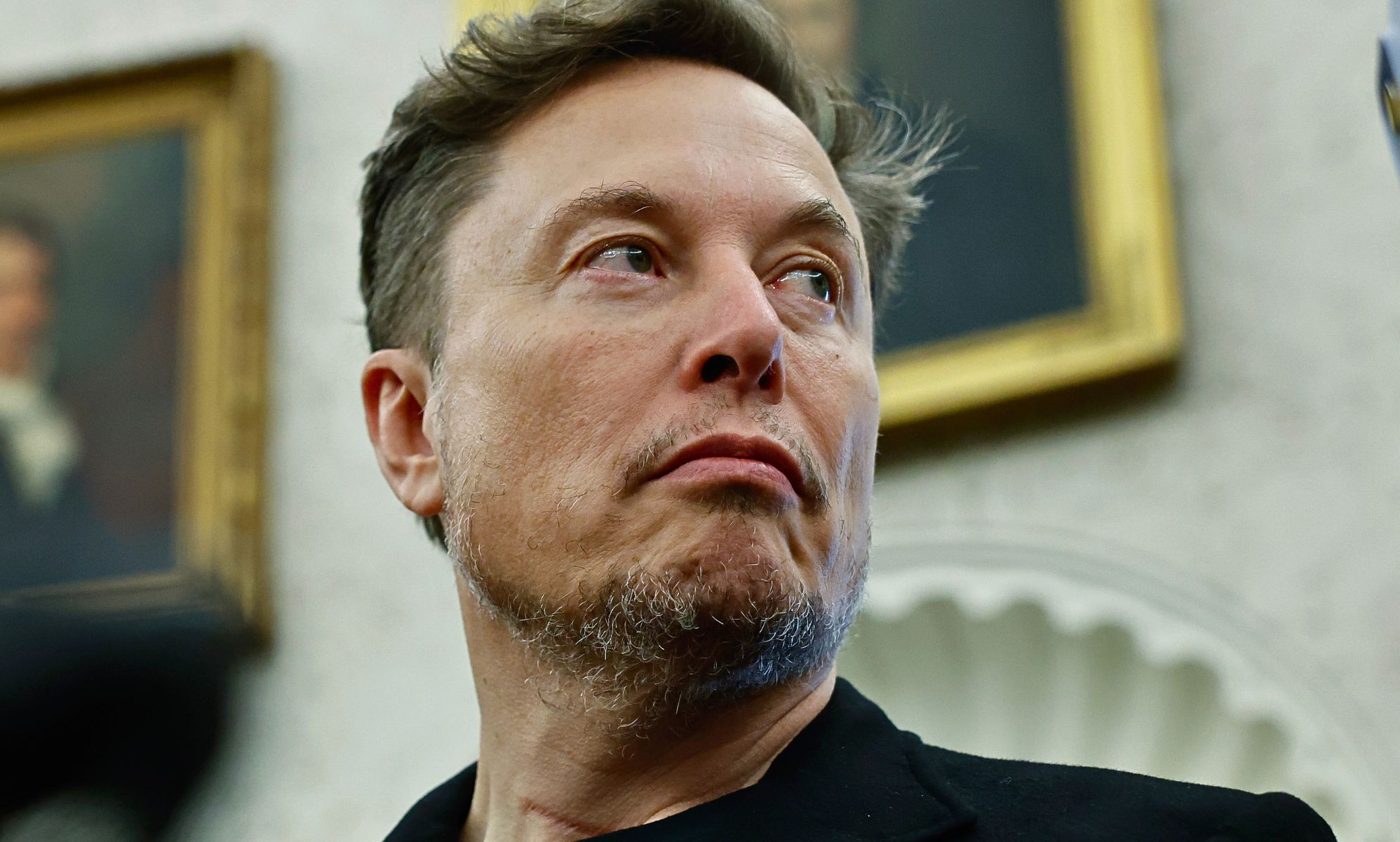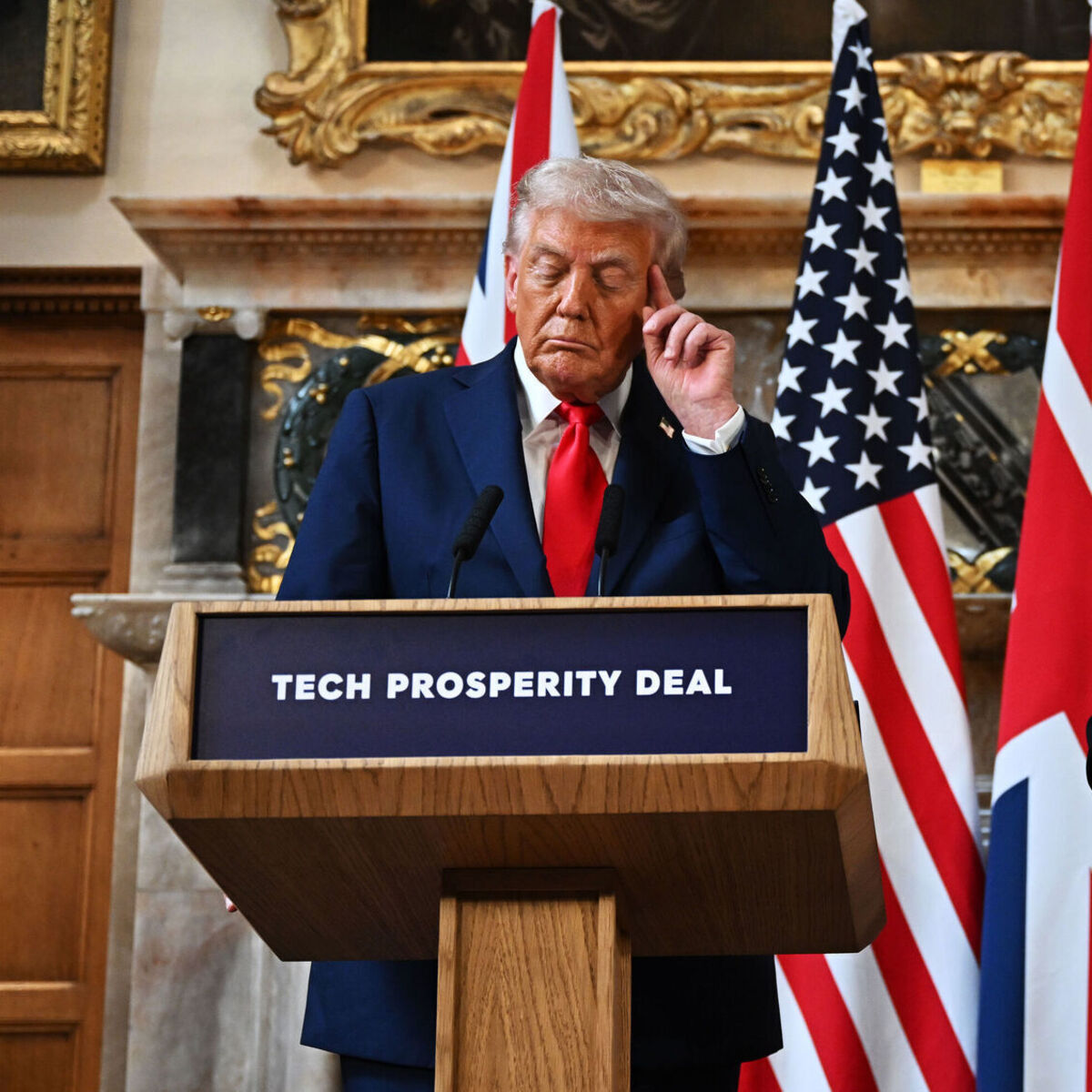By Lin Minwang
Copyright scmp

Relations between India and the US have steadily deteriorated since May. Initially, the rift was merely diplomatic: US President Donald Trump claimed credit for averting nuclear war between India and Pakistan, but New Delhi dismissed it. Tensions escalated as Washington hurled harsh words at India, followed by punitive tariffs.
While New Delhi has expressed its discontent, it also strives to avoid a slide towards open confrontation. India still struggles to comprehend why the Trump administration is pressuring it in such a manner, given that Trump and Indian Prime Minister Narendra Modi have publicly declared each other a good friend.
In a show of its displeasure with US policy, India has moved to mend ties with China. In August, Modi arrived in Tianjin for the Shanghai Cooperation Organisation summit, marking his first visit to China in seven years. In addition to meeting Chinese President Xi Jinping, Modi engaged in unusually warm interaction with Russian President Vladimir Putin. Putin has plans to visit India by year’s end. Modi, on his part, has been re-emphasising India’s commitment to strategic autonomy.
Of course, in warming relations with China and Russia, New Delhi has carefully calibrated its approach. To mitigate the sensitivity of his China visit, Modi scheduled a trip to Japan beforehand that could be seen as diplomatic hedging. In Tianjin, he skipped the SCO Plus meeting attended by member and observer states. Nor did he stay for the parade in Beijing commemorating the 80th anniversary of China’s victory in the war of resistance against Japanese aggression.
Perhaps fearing perceptions that it is anti-US, New Delhi did not accept Moscow’s suggestion that Chinese, Russian and Indian leaders should hold a trilateral meeting. When Brazil organised an extraordinary Brics virtual summit on US trade policy in September, India sent only its foreign minister.
New Delhi is working to deepen ties with US allies like Japan and Europe, perhaps in an effort to reignite Washington’s enthusiasm for the Indo-Pacific strategy and coax the Trump administration back onto what it sees as the right path.
However, this may only further provoke the Trump administration. As it is, a US senator has introduced legislation aimed at taxing American firms that outsource services, which could impact the information technology outsourcing sector that India depends on heavily.
India remains anchored in the Biden era. Having long placed its bets on the US, the Modi government now finds itself unable to enjoy the preferential treatment once extended by Washington.
Evidently, New Delhi has miscalculated how the US-China strategic competition might unfold. While Washington needs partners to counterbalance China, those partners do not necessarily include India. For the US, India’s rise isn’t akin to that of Japan or Germany. A nation with the world’s largest population and a very visible elite diaspora deeply embedded in the Anglo-Saxon world presents uncertainties that could unsettle Washington.
The US already regrets facilitating China’s ascent through the international order it shaped. How could it repeat the mistake by enabling another Asian power’s rise? As economist Jeffrey Sachs noted: “India, I think according to at least some people, was going to become the replacement for China. The US would fight China, and it would welcome India to replace the Chinese supply chains.” But that is unrealistic thinking, the scholar said, because “the US would not allow a major expansion of exports from India any more than it would allow them from China today”.
The rise of any other major power, unless it is within Washington’s orbit, is intolerable to the US. Imagine if Germany and Japan had not hosted US military bases during the Cold War – Washington’s reaction would have been profoundly negative.
If New Delhi cannot accept a subordinate role as a US ally, its rise will not gain acceptance in Washington.
In its China strategy, Washington lacks not allies – Trump is already wary of America’s extensive network – but partners with the capability and willingness to confront Beijing head-on. New Delhi possesses neither the capacity nor the intent to be in the forefront of such confrontation.
On May 7, the first day of the India-Pakistan air clashes, New Delhi struggled to demonstrate its coercive powers against Islamabad. More importantly, its geographic proximity to China ensures its perpetual wariness of a secret US-China reconciliation.
A common refrain is that New Delhi’s refusal to be an ally of the US makes it an unreliable partner for Washington. Yet, even if New Delhi were willing, Washington is unlikely to accept it as an ally. The costs of an alliance with New Delhi, including treaty obligations, could be exorbitant.
Let’s not forget how in 2021, when India was facing the world’s worst Covid-19 surge, even the Biden administration saw fit to restrict exports of raw materials for vaccines, before partially lifting the ban.



